What is the tolerance range of precision screws?
What is the tolerance range of precision screws?
Service Hotline
+86760-8787 8587We have more than ten years of experience in the screw industry, the main products are: carbon steel inverted four-corner nail furniture four-claw nuts, torx anti-theft bolts, nylon locking non-slip nuts, three-combination screws, single-headed copper posts, 304 thin hexagonal nuts , National standard rivets, precision lock nuts, national standard full-tooth lengthened galvanized, support column pc, 30 type 40 type, slotted screws, butterfly screws and bolts, BS1769 screws, butterfly type hand-tightening bolts and other fasteners, due to the product The materials and specifications are different, and the prices are also different. Please contact us if you need it.


The conventional auger bit structure 1 includes a rod body 11, a screw head 12 provided on one end of the rod body 11, a drill tail 13 provided on the other end of the rod body 11, and a plurality of threads 14 arranged around the rod body 11; Wherein, the periphery of the drill tail 13 defines a parting line 15, and the parting line 15 makes the drill tail 13 symmetrically divided into a side 131 and a side 132, and a cutting end 133 is formed at the junction of the end of the side 131 and the end of the side 132, respectively. The cutting end 133 is concavely provided with a quarter-turn chip flute 134 in the same direction of the helix, and the edge 132 continues the chip flute 134 and has a quarter-turn chip flute 135 with different helical curvatures. , by connecting the chip groove 134 and the chip groove 135 through different helical curvatures, the drill tail 13 can form a symmetrical and complete chip groove of 186 degrees.
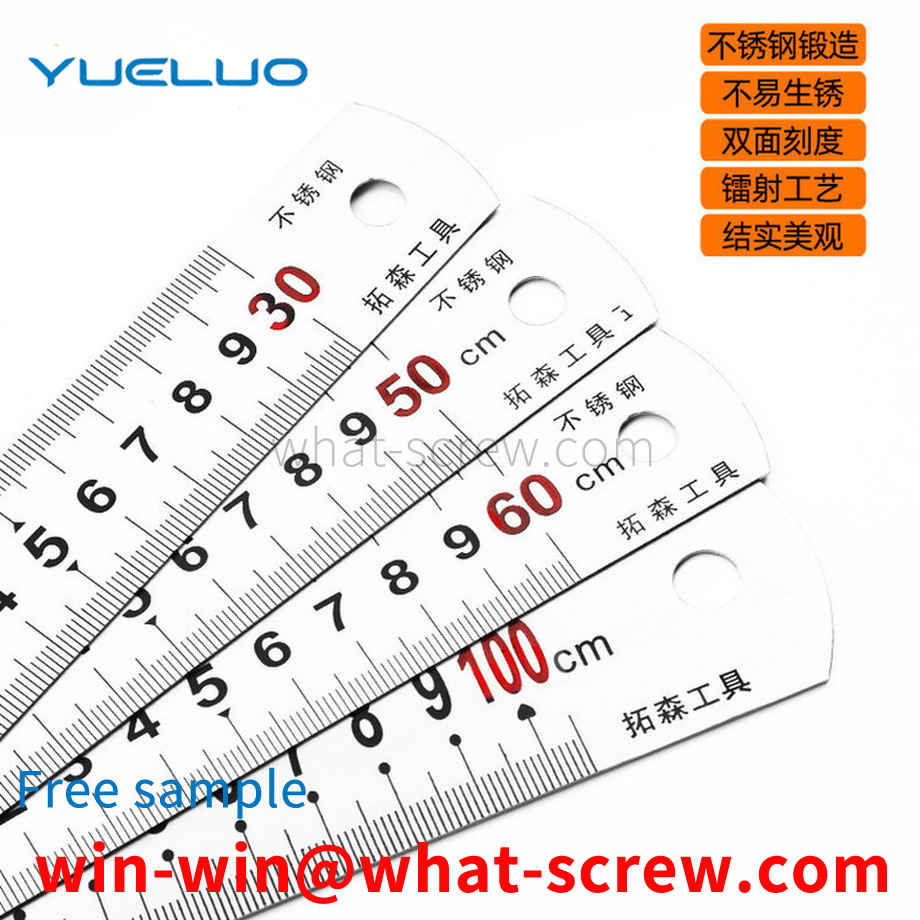
When using screws, if you can understand the mechanical properties of screws first, then you can use screws better. Different types of screws have different mechanical properties, and the different mechanical properties lead to different occasions when screws are used. 1. Self-tapping screws: mechanical performance requirements 1. Heart hardness: standard value HRC28-38. When testing, take the section 1-2 times the diameter of the name from the tail. If the length of the name is too short, it can be embedded first, and then the hardness is measured. 2. Surface hardness: standard MIN HV450. 3. Carburized layer: standard 4#-6#: 0.05-0.18mm, 8#-12#: 0.10-0.23 mm, 14#: 0.13-0.28 mm. The main purpose of carburizing is to enhance the surface hardness and ensure the strength of the teeth. If the decarburization is too deep and the carburization is insufficient, the strength of the teeth will not meet the requirements, that is, the teeth will be damaged during the screw-in test. 4. Torque: standard specification 4#5#6#7#8#10#12#14#A tooth 14212835455696145AB tooth 142128354565102165. 5. Screw-in test: screw the self-tapping screw into a steel plate with a reserved test hole. The self-tapping screw should form a matching thread in the test plate, and the thread of the screw itself will not be deformed or damaged until the end. Tapered threads pass completely through the test plate. The screw-in test is only applicable to AB, B, BP and other types of self-tapping screws. It is stipulated in IFI that the test plate shall be prepared from semi-hard low-carbon cold-rolled steel, and the hardness of the steel plate is 70–85HRB in Rockwell. The standard specification of the steel plate, that is, the thickness, is shown in the table below. The test hole should be punched or drilled, and the tolerance is the specified nominal diameter (see the table below) ± 0.025mm. Specifications 6#7#8#10#12#1/4 Test plate thickness (mm) 1.85-1.953.12-3.234.68-4.84 Aperture (mm) ±0.0252.953.263.454.044.765.50.
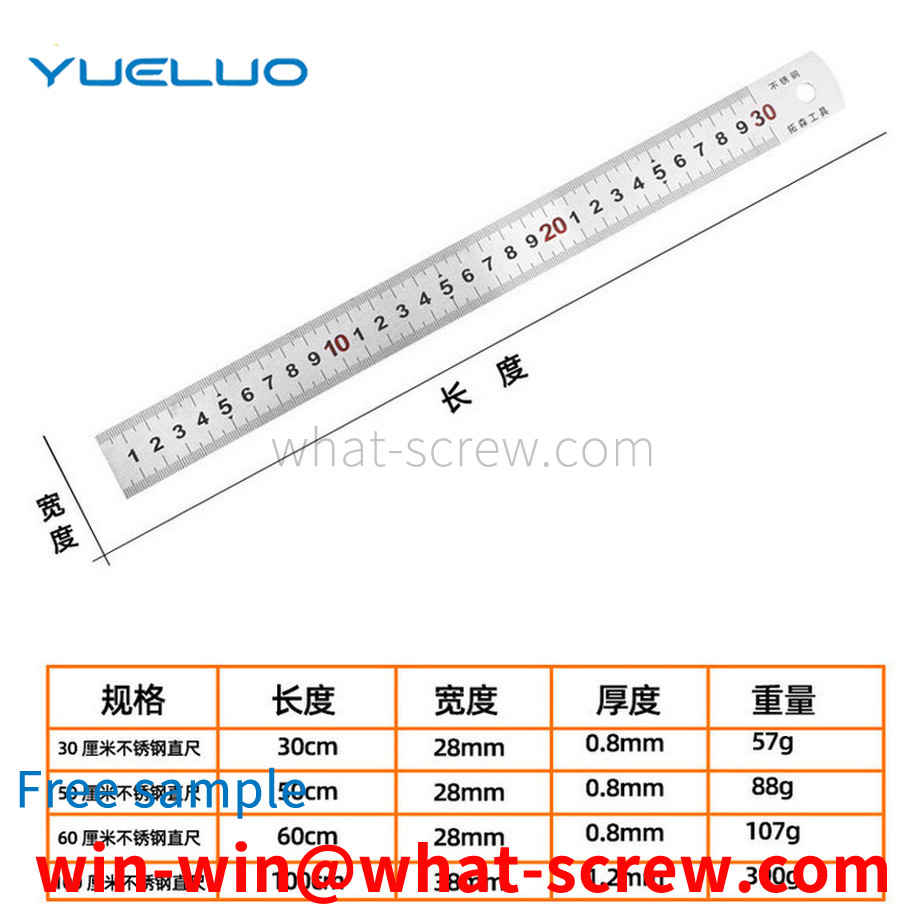
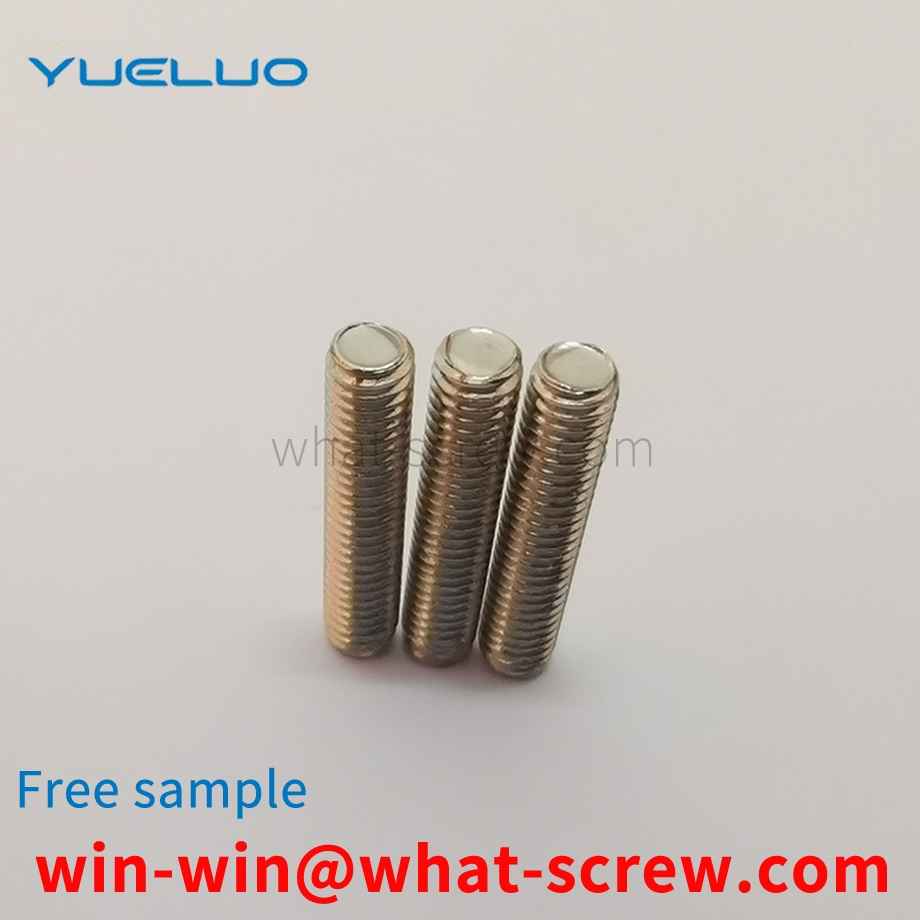
As a special kind of rivet parts, the rivets for shrinking brake pads are used in the accessories of the automobile industry. The original brake pad rivets do not have a chamfered structure, so the materials cannot be normally fed during assembly, or there are burrs, which lead to unqualified batches. When improving this structure, many manufacturers in the same industry often solve the problem by machining chamfering, but for brake pad rivets with thin thickness, it is impossible to achieve the problem of beating and bad material after chamfering processing.
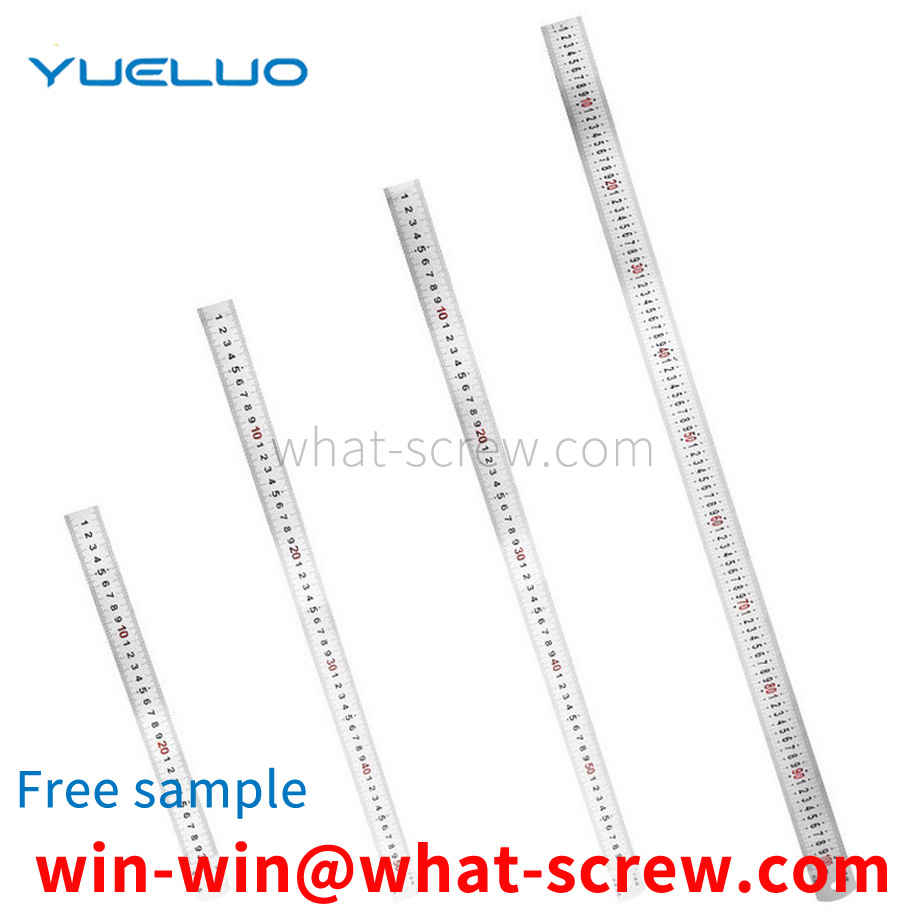
met a customer before, and the stainless steel screws needed by the company need to be prevented from loosening. Simply put, the stainless steel screw should be used on the product material so that the stainless steel screw will not fall off lightly. The screws are required to be more tightly connected with the product material. For the solution of stainless steel screw anti-loosening, there are two solutions. Next, the following two solutions to prevent loosening of stainless steel standard parts are presented. The first is to use the resilience of special materials, such as engineering resin materials, which have good resilience. Attach it to the stainless steel screw thread. Make it mechanically rub against the nut, or material product. Generate vibration and absolute resistance. Completely solve the problem of loose screws. The second, simply put, is to apply a layer of glue on the thread of the stainless steel screw, the so-called dispensing. This glue is called drop-resistant glue. This glue has good properties such as high stickiness and non-toxicity. This glue is applied to stainless steel screws, and when dry, it adheres extremely well. The stainless steel screw thread can be combined with the nut thread, or after the product threaded hole is joined, resulting in a super tightening effect. Play a super good anti-loosening effect.
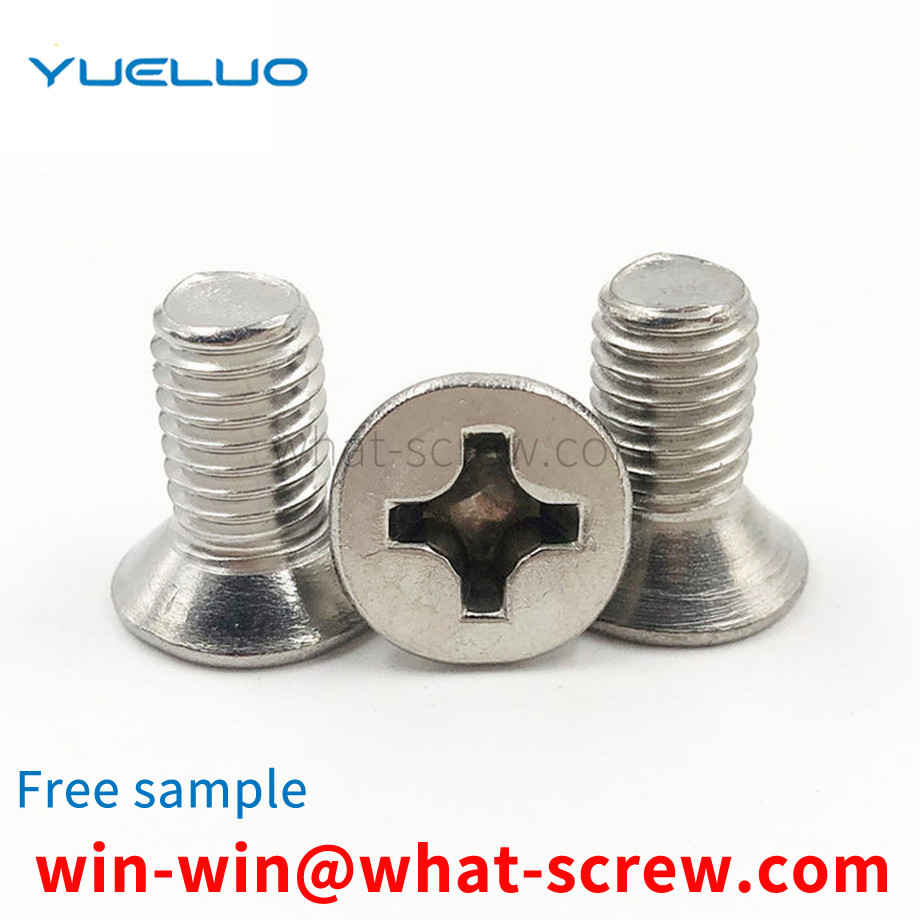
The above content is uploaded by Yueluo or the Internet. If there is any copyright issue, please contact [email protected].

What is the tolerance range of precision screws?
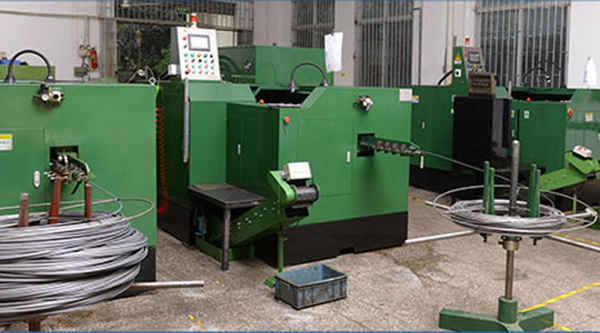
How to choose the right stainless steel screw manufacturer?
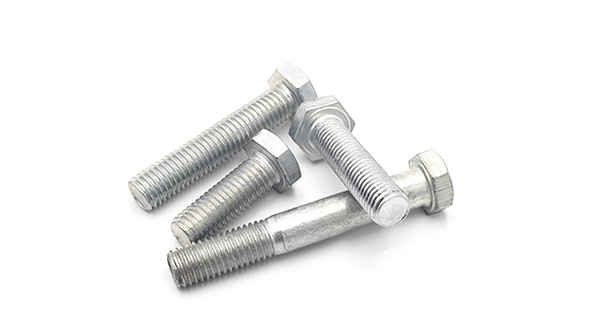
Why is there an R angle under the head of the hexagon head s...

We have more than ten years of production experience in the ...

We have more than ten years of experience in the production ...

We have more than ten years of experience in the production ...
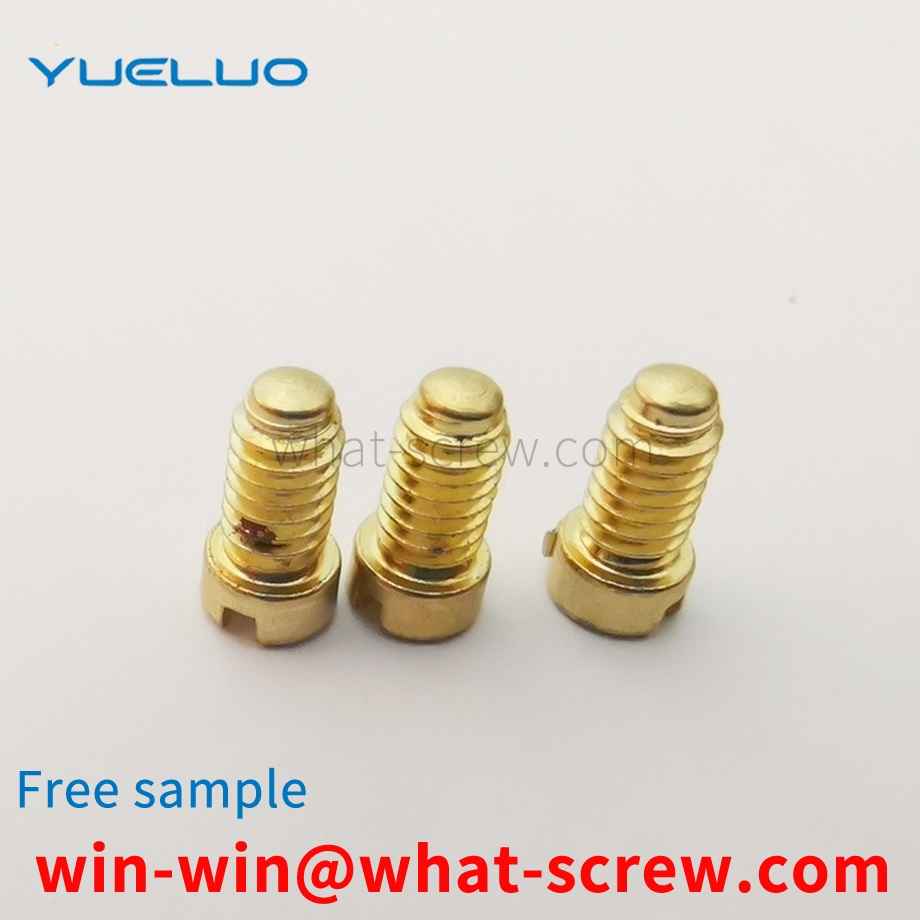
We have more than ten years of experience in screw industry ...